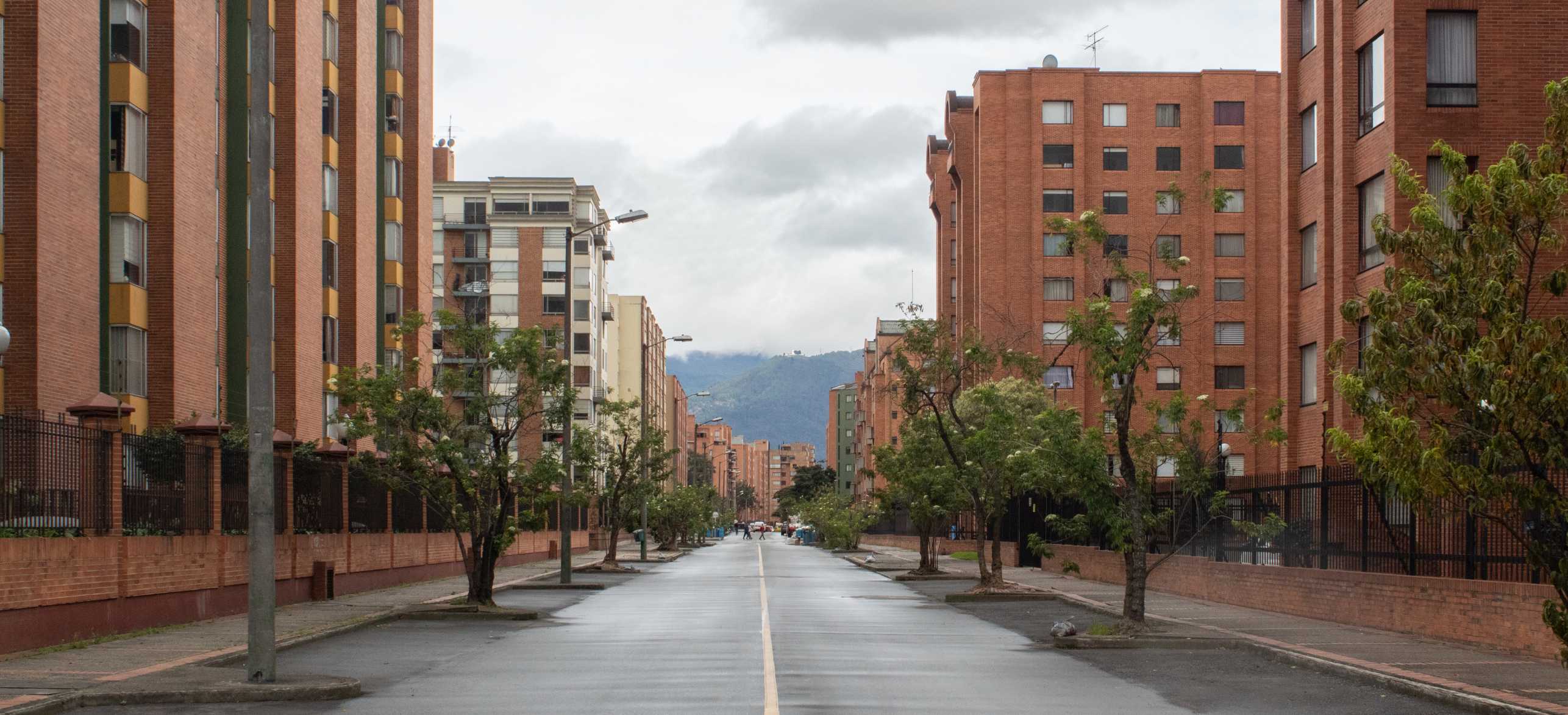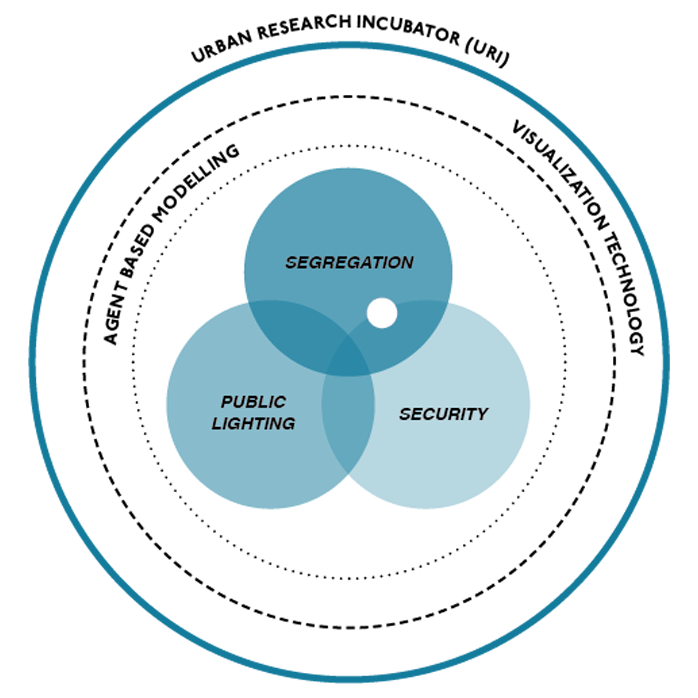Between Walls and Fences: A City Shaped by Gated Communities as an Urban Policy Challenge
Gated communities today house close to 40% of Bogotá’s population and constitute the prevailing form of (formal) housing provision in the city. They mark a unique form of the built environment, as they are a group of mostly residential dwellings that share exclusive spaces and services, show a lack of relation or interaction between the private and the surrounding public spaces and have restricted access and controlled entrances. With their walls and fences, gated communities constitute the worst-case scenario for inclusive and safe public spaces.

Research Question
How are public spaces in Bogotá shaped by the gated communities bordering them? The analyzed dimensions of public space are street activity (e.g. quantity and types of use) and security (crime)?
The team
-

(David Kostenwein) -

(© 2017 ISTP)
Policy Relevance
As Bogotá and other Latin American cities are already and will be in the future strongly shaped by gated communities, it is relevant for urban policy makers to understand what impact they will have on the urban fabric. Currently, Bogotá has one of the few governments in Latin America that address the rise of gated communities in their policy agenda and are currently working on policy formulation in order to deal with this phenomenon. This research aims to support this process by providing empirical data, sharpening the discourse, helping raise awareness on this issue, bringing other stakeholders on board and developing concrete policy options.
